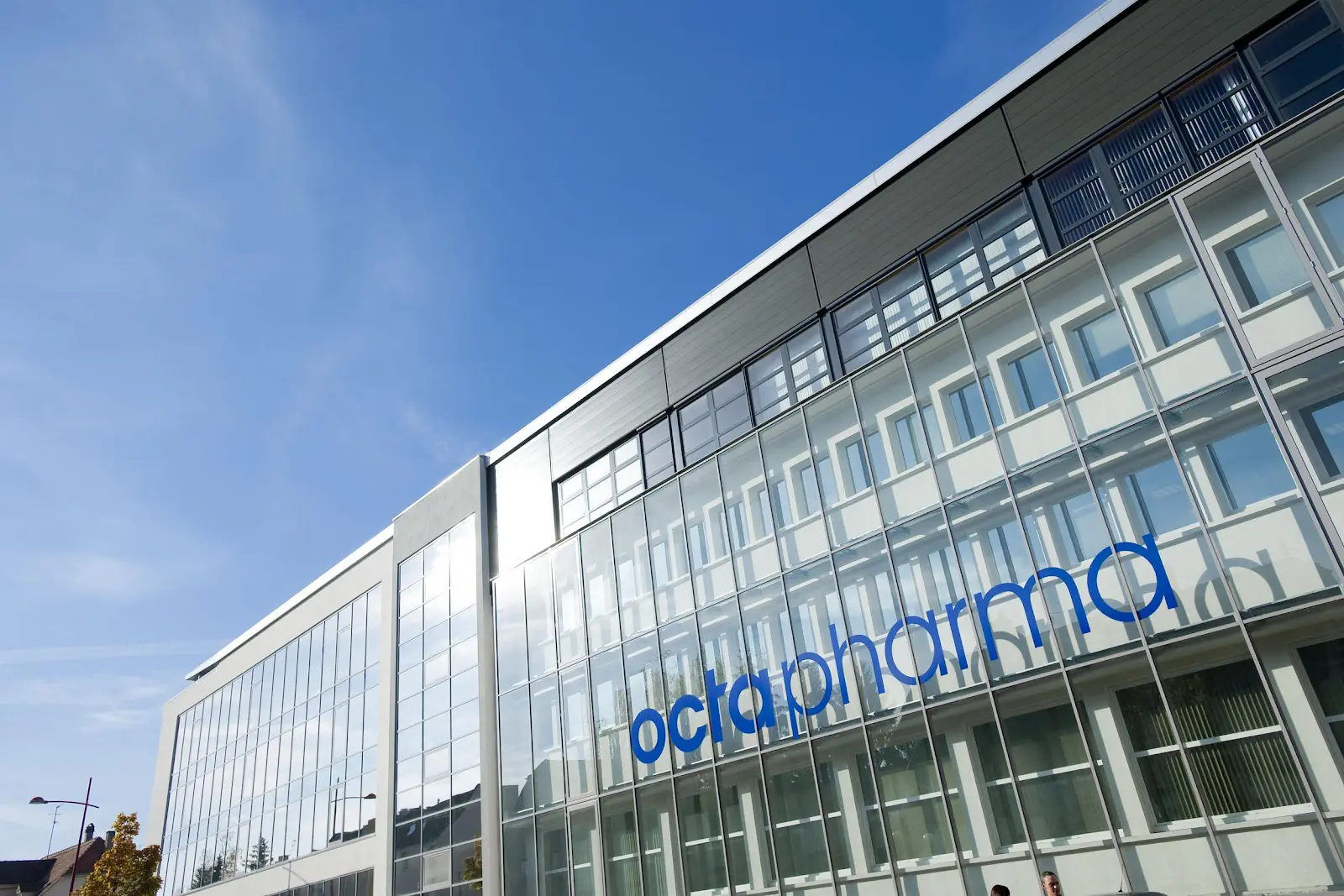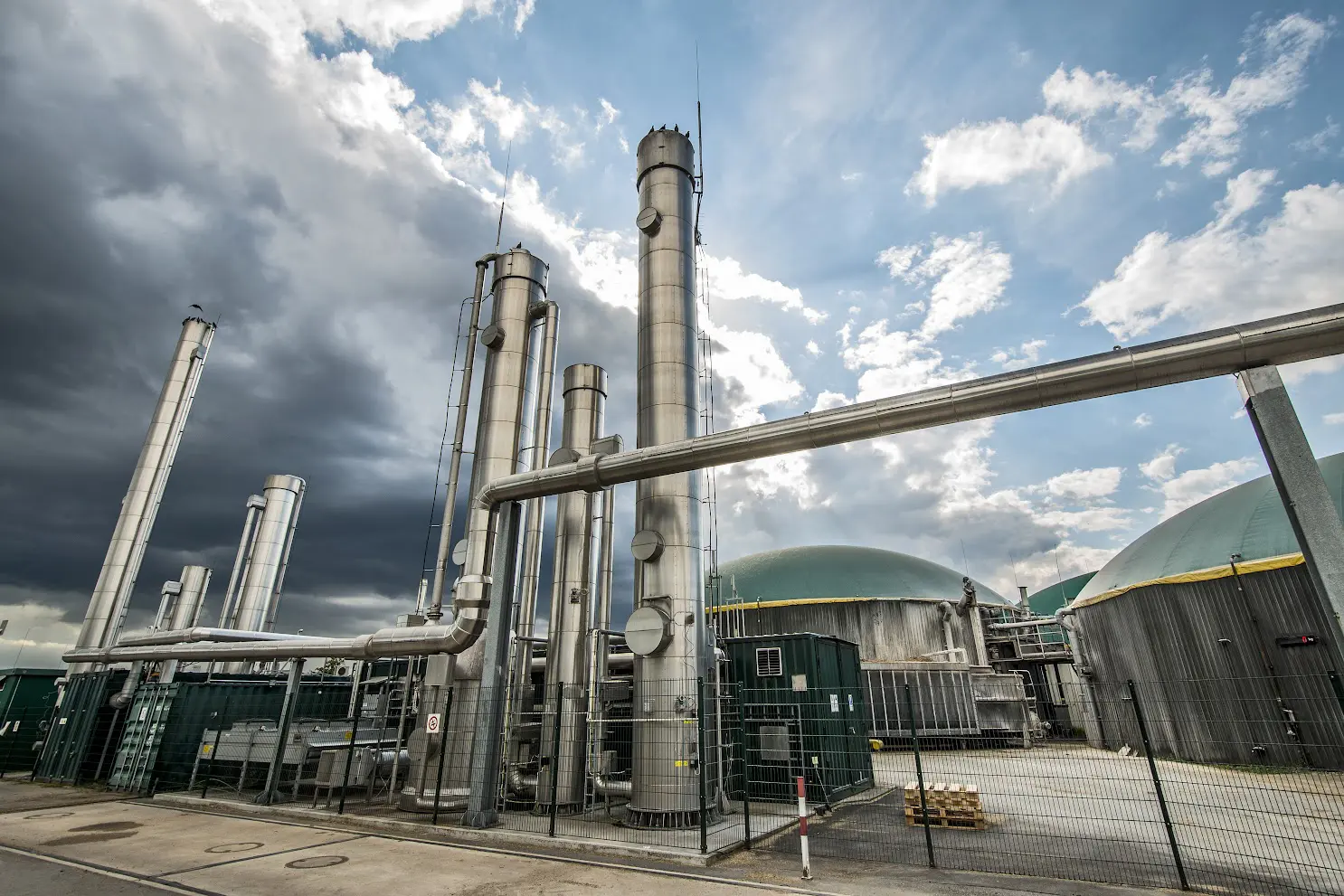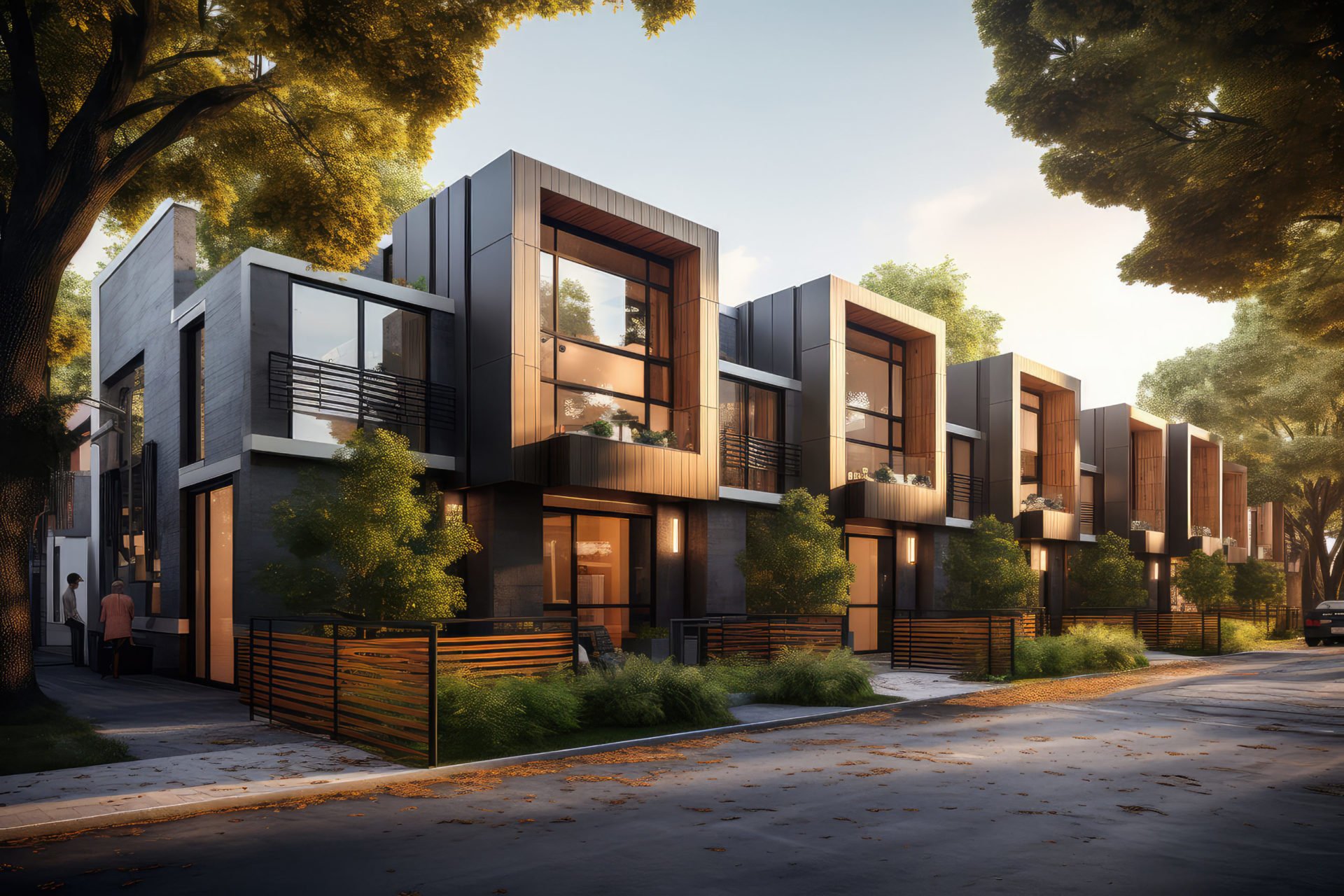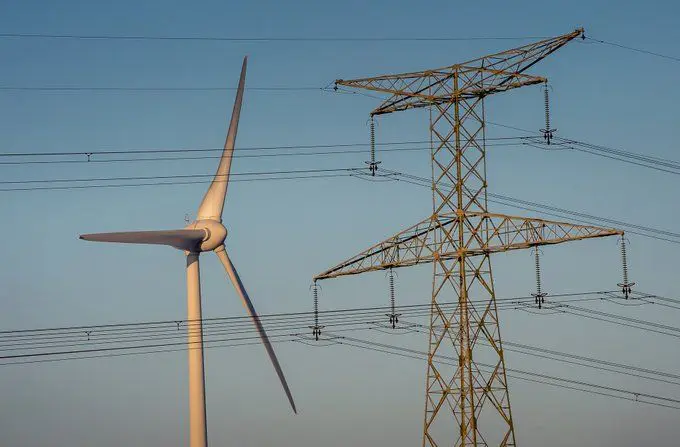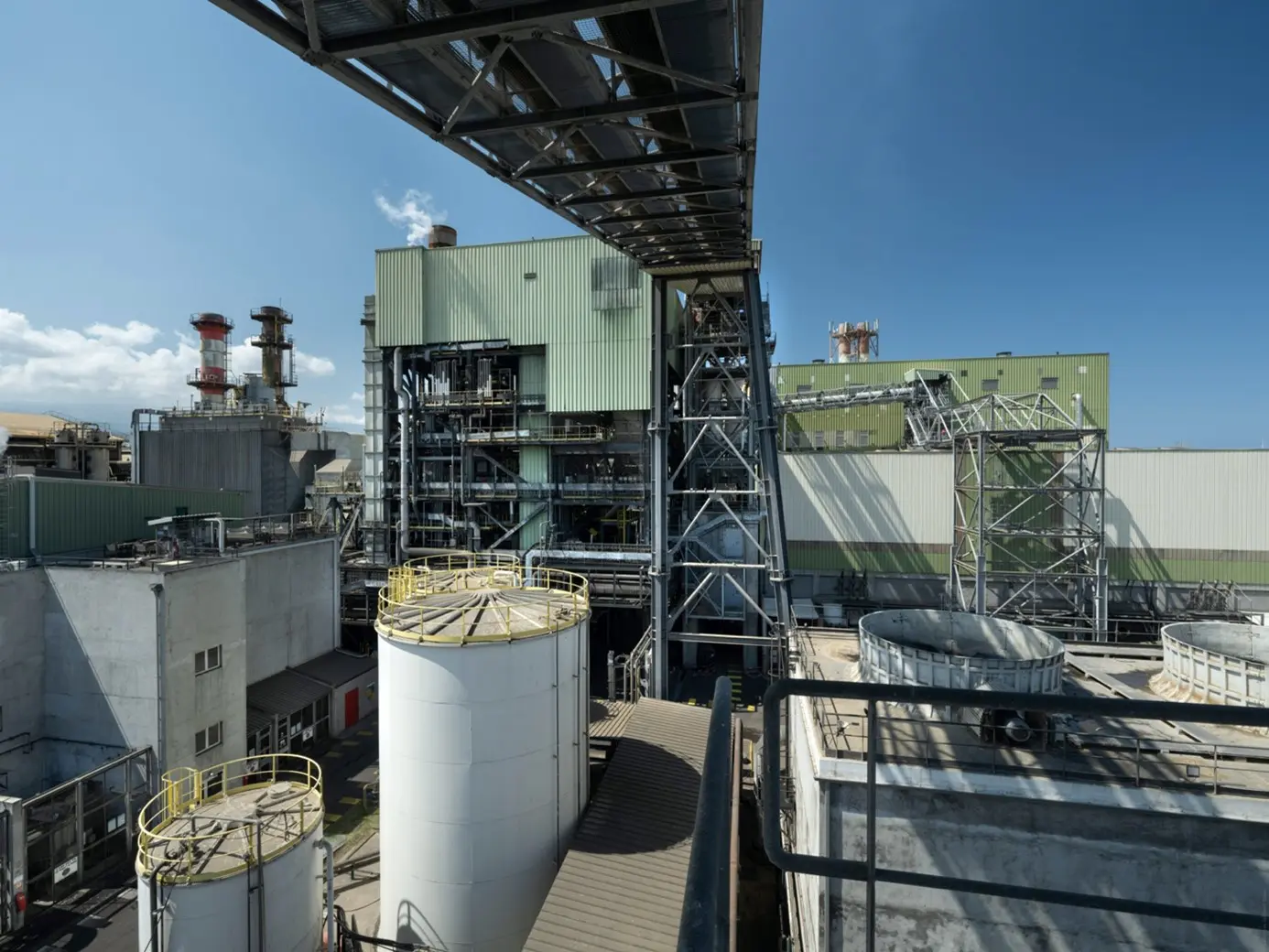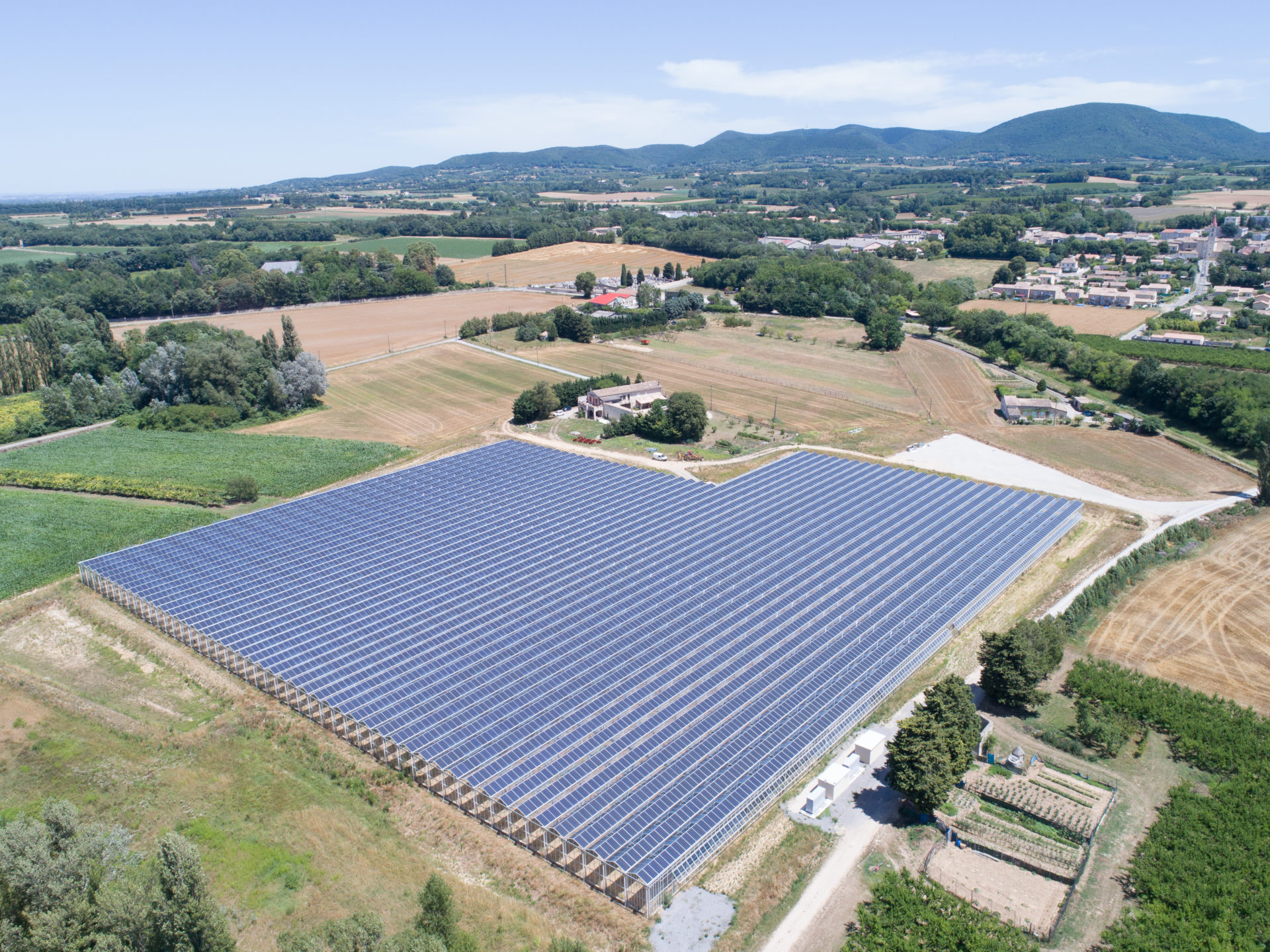GTB vs GTC : quelles différences ? #3

Building energy performance: distinguishing between BMS and CTM
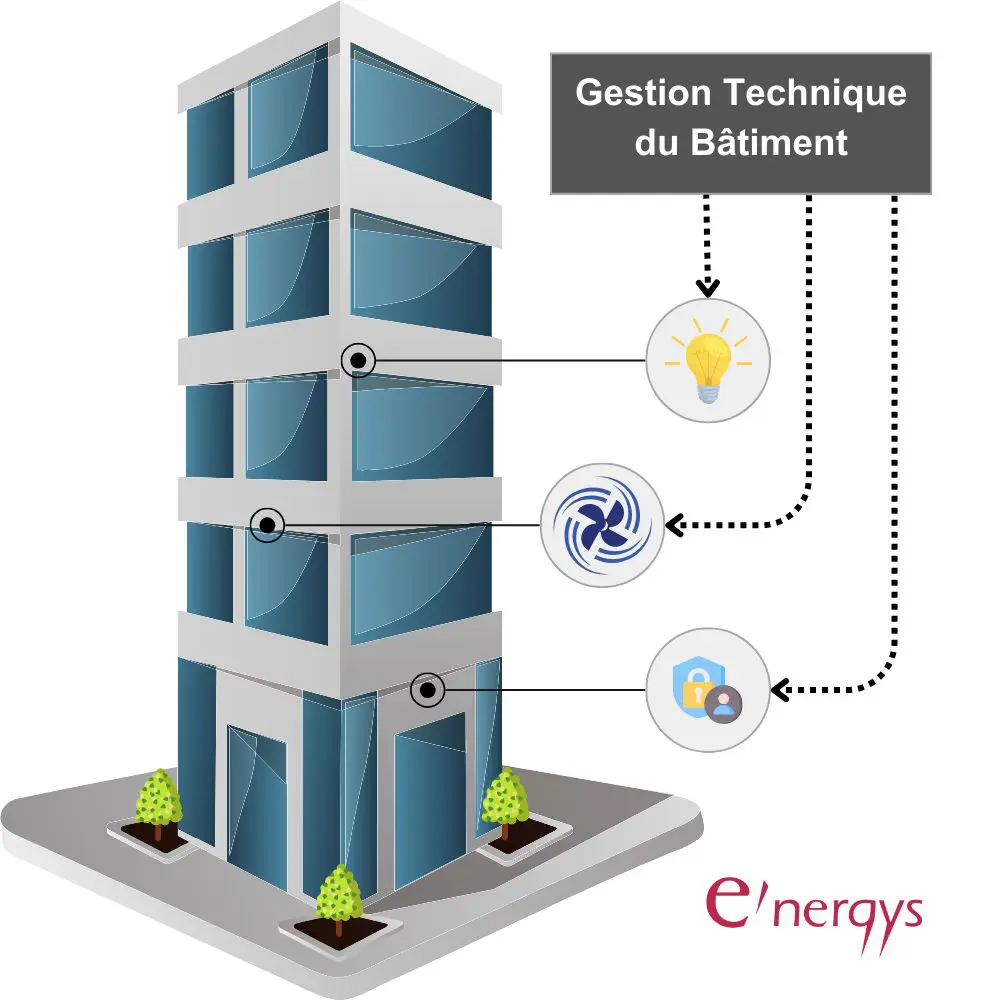
What is BMS?
A BMS (Building Management System) is an energy management and automation system for a building’s technical installations. It spans several areas such as:
- HVAC equipment (Heating, Ventilation and Air Conditioning)
- safety installations
- plumbing
- lighting systems
- electricity distribution
By monitoring, controlling, and managing various systems in real time, a BMS optimizes a building’s performance, safety, comfort, and energy efficiency.
While often seen as a tool designed for simplifying the operation and management of large-scale infrastructures, it has also proven to be an effective solution for a wide variety of building types. In fact, BMS supports sustainability and energy efficiency goals by providing a comprehensive view of both small buildings and large industrial or commercial complexes.
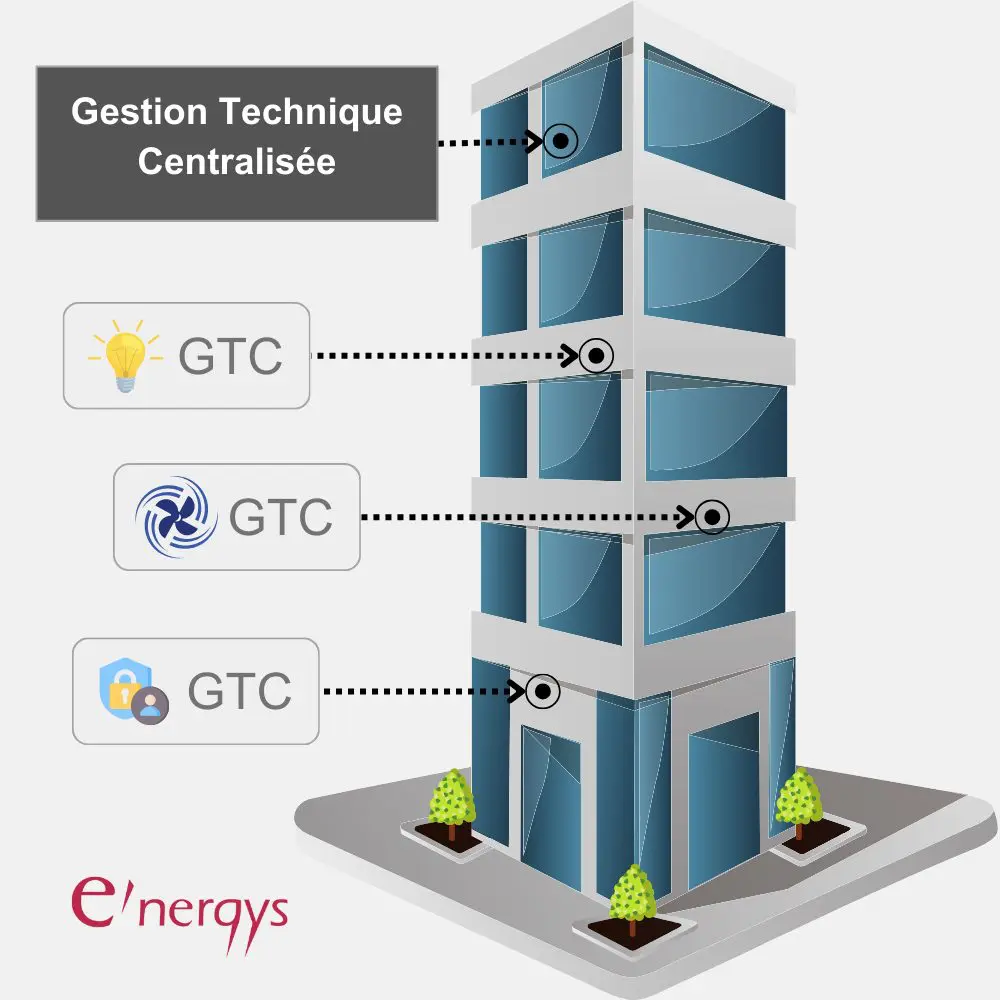
What is CTM?
A CTM (Centralized Technical Management) system is a supervision and control system that operates in a similar way to a BMS. However, it can only control a single set of equipment.
CTM is an integral part of BMS, providing precise, dedicated management of technical systems such as heating, ventilation and air conditioning. Although more limited in scope, it plays an essential role for companies in the service and industrial sectors looking to improve the performance of their technical equipment.
Key components of a smart building
CTM and GTC are based on similar operating principles built around four main elements for effective overall management:
- Sensors: These devices monitor and record key environmental parameters such as temperature, air quality, ambient light, occupancy, and airflow, providing a precise, real-time snapshot of building conditions.
- PLCs: Used for processing information from the sensors, Programmable Logic Controllers analyze the data to determine the actions to be taken. They then send precise commands to the actuators, according to programmed configurations and relevant scenarios.
- Actuators: Actuators execute the commands transmitted by the PLCs, directly modifying the parameters of the building’s equipment to adjust, for instance, heating, ventilation or lighting intensity.
- Supervision: It offers a centralized platform for managing, monitoring, and optimizing system performance, while also facilitating maintenance and operational coordination to maximize overall efficiency.
What’s the difference between BMS and CTM?
They act at different levels
BMS and CTM differ in terms of scope of action. In fact, while CTM provides targeted control of a single technical system, BMS enables comprehensive supervision and coordination of all technical equipment packages within a building. A CTM system can therefore be considered as a system that can supply a BMS with data.
Regulatory obligation
Unlike a CTM system, the BACS Decree requires the installation of a BMS by January 1, 2027 for existing non-residential service-sector buildings with a rated output exceeding 70 kW. For buildings exceeding 290 kWh, the January 1, 2025 deadline has already passed.
However, both BMS and CTM offer effective solutions for meeting the targets set by the Tertiary Sector Decree, which aims to reduce energy consumption in tertiary buildings by 40% by 2030, 50% by 2040, and 60% by 2050.
GTB practicality
A BMS centralizes all information and commands on a single interface, simplifying supervision and speeding up decision-making for managers. On the other hand, a BMS uses separate interfaces for each system, which may complicate management by requiring discrimination between several tools, particularly in environments that require a rapid response.
Aids and subsidies available
A number of grants and subsidies are available to encourage the installation of BMS, unlike CTM, which does not benefit directly from them.
The Energy Savings Certificate (CEE) scheme offers a bonus for installing or upgrading a BMS. The standardized BAT-TH-116 reference sheet describes the conditions of eligibility for this bonus, which applies to:
- the purchase of a comprehensive BMS system;
- upgrading an existing BMS to enhance its performance.

Common benefits
Whether at the level of a set of equipment (CTM) or of all the installations in a building (BMS), these two systems offer numerous advantages:
- Energy savings: optimizing consumption according to needs in real time, resulting in lower energy bills.
- Lower maintenance costs: improved equipment control and anticipation of breakdowns.
- Reduced carbon footprint: energy efficiency contributing to lower CO2 emissions.
- Improved safety and comfort: continuous monitoring of alarm systems, temperature and lighting to ensure a safe and pleasant environment.
By implementing a BMS or CTM solution, buildings in the industrial, tertiary, and public sectors actively commit to energy efficiency and sustainability, the key pillars in addressing today’s environmental challenges.
